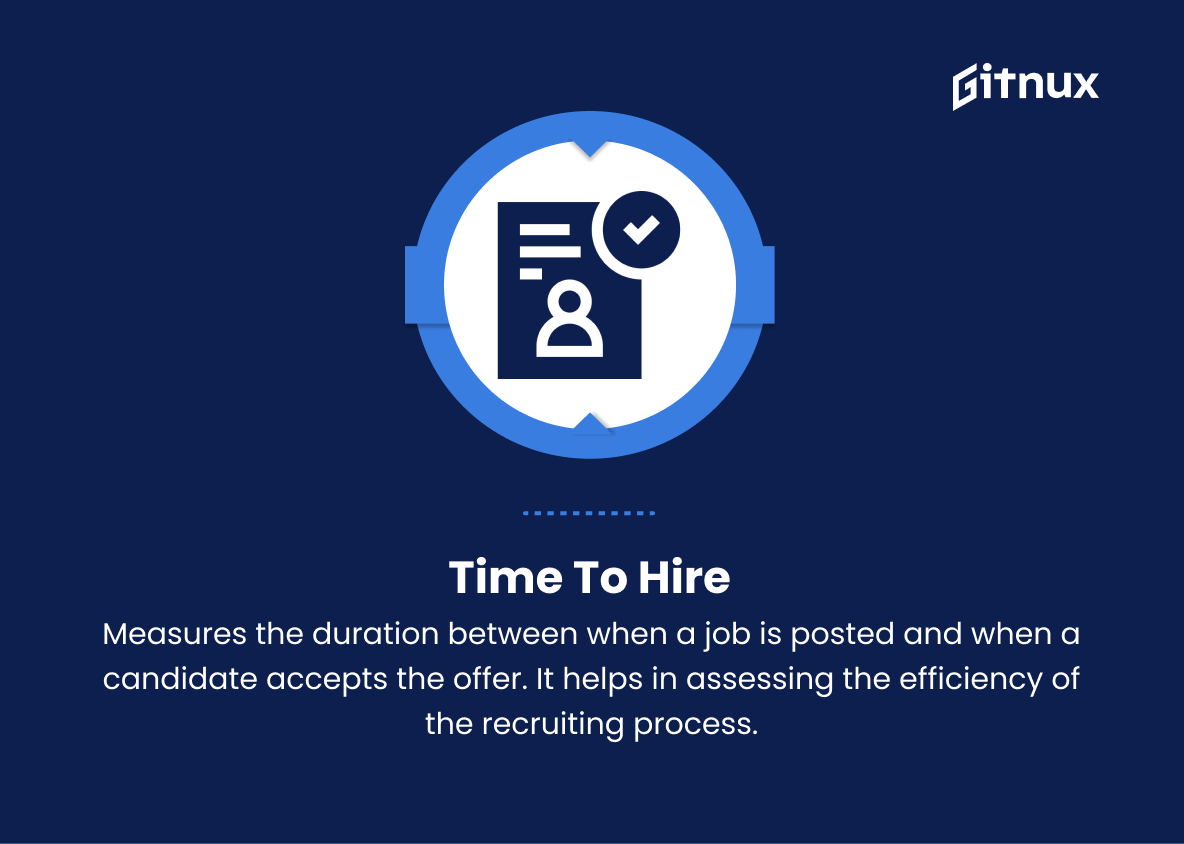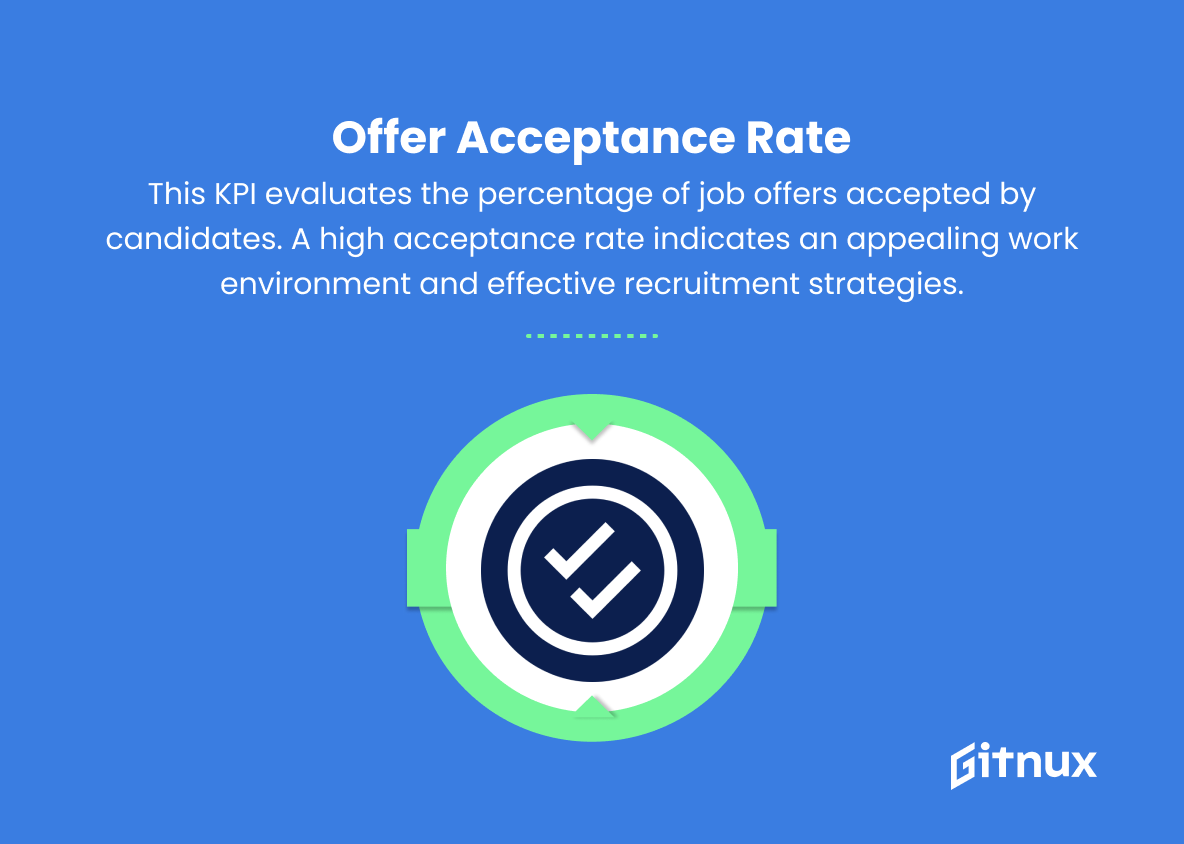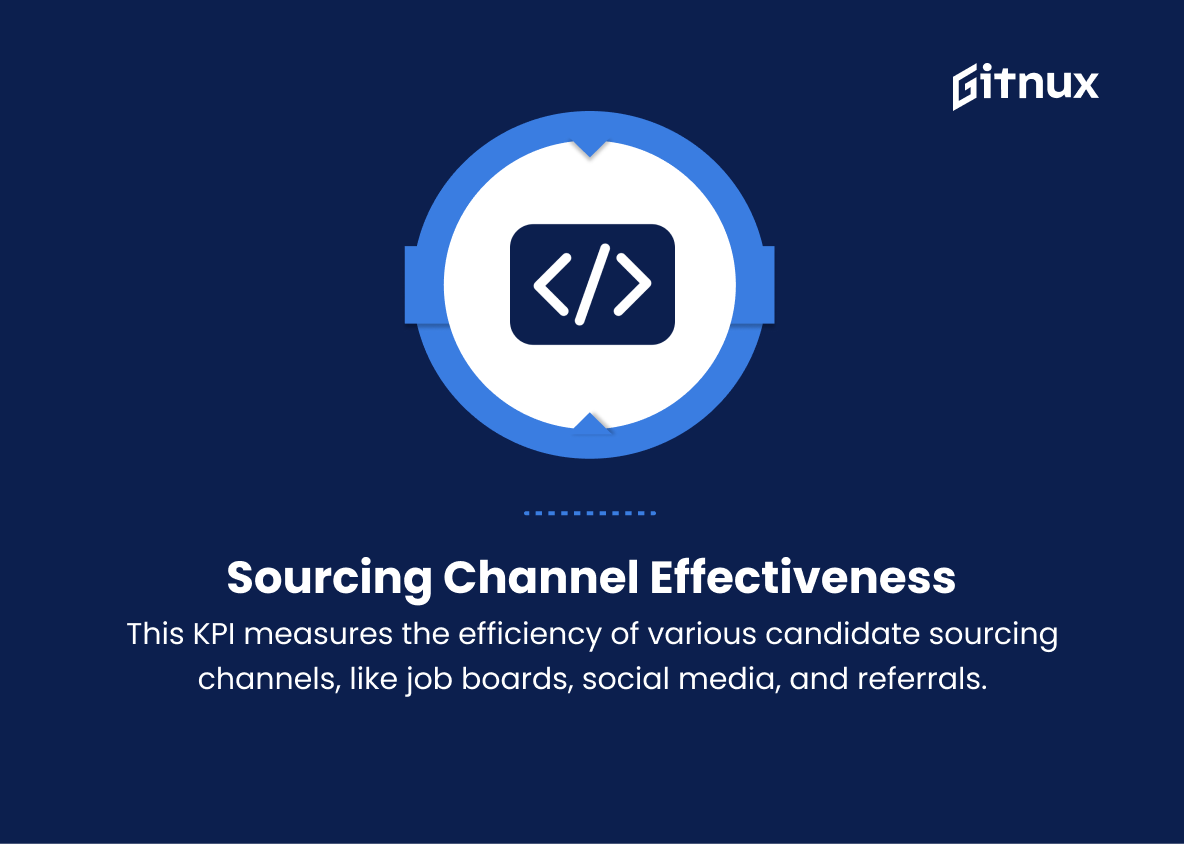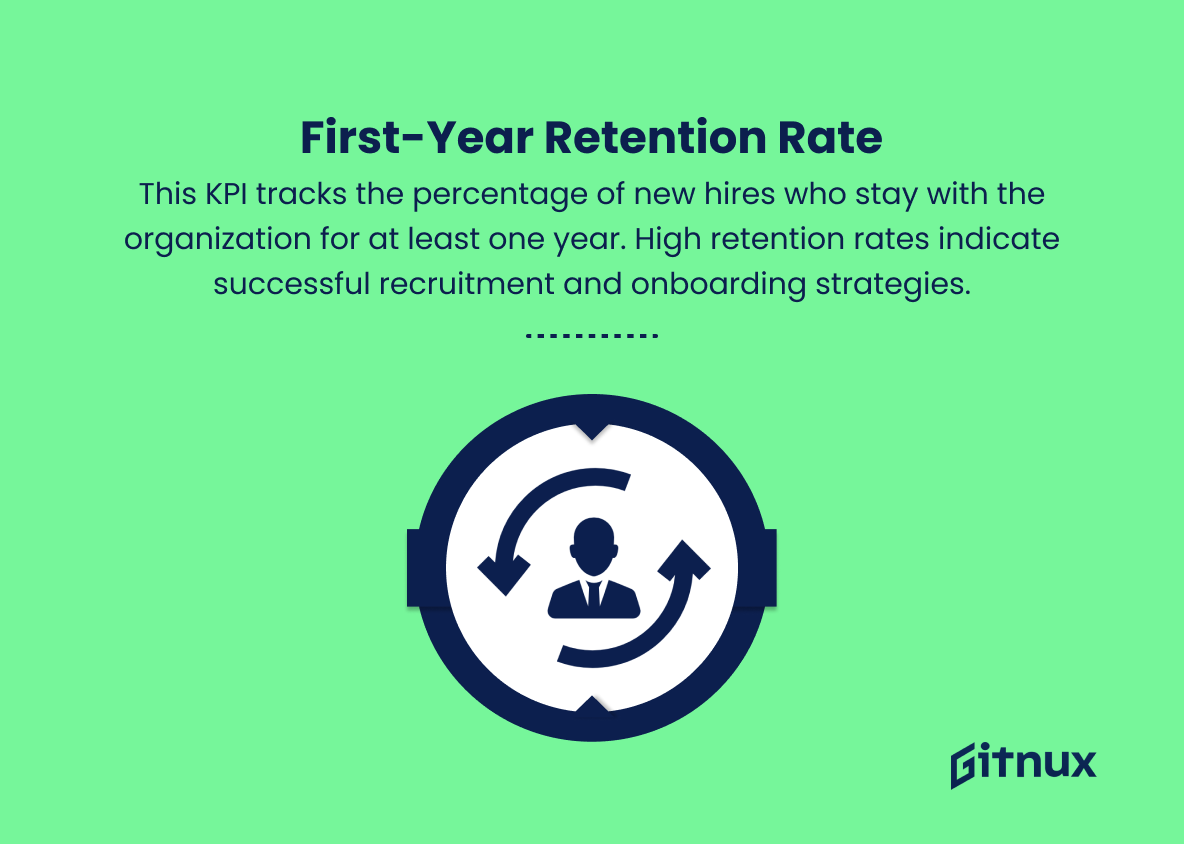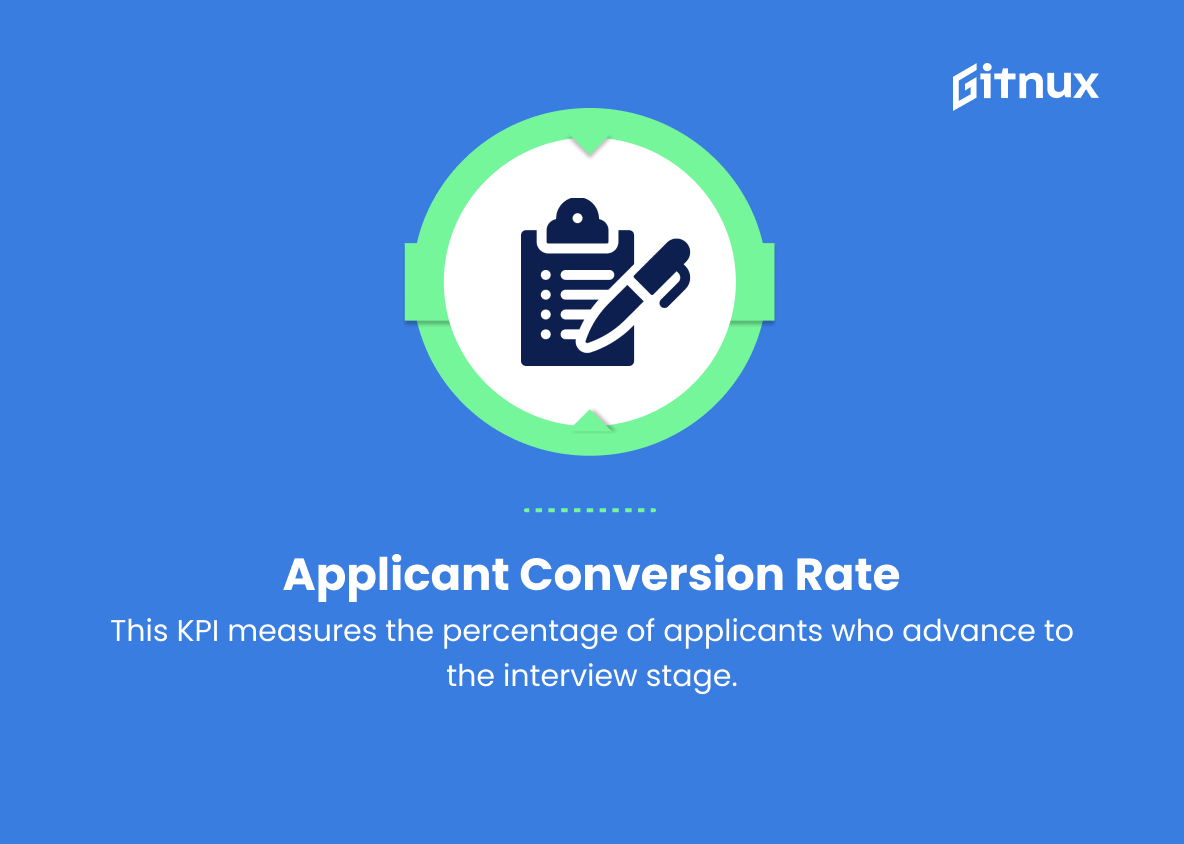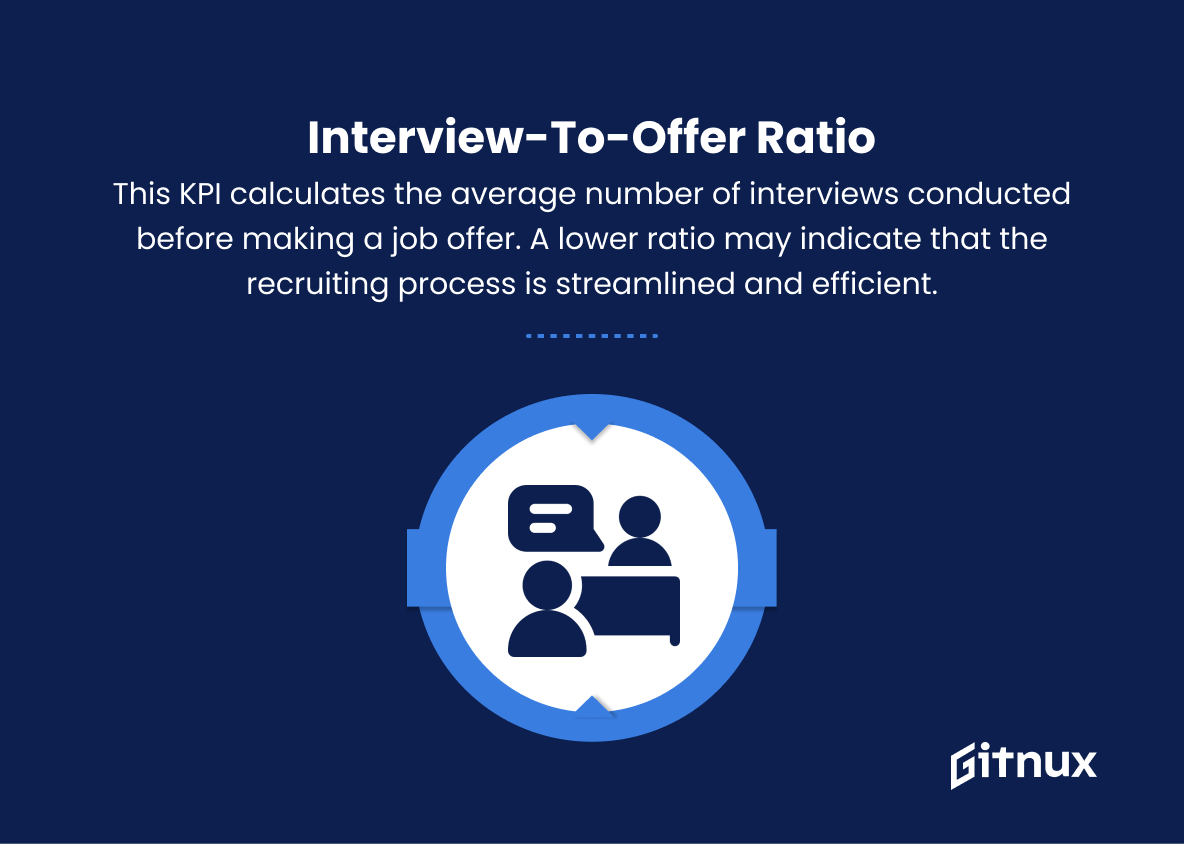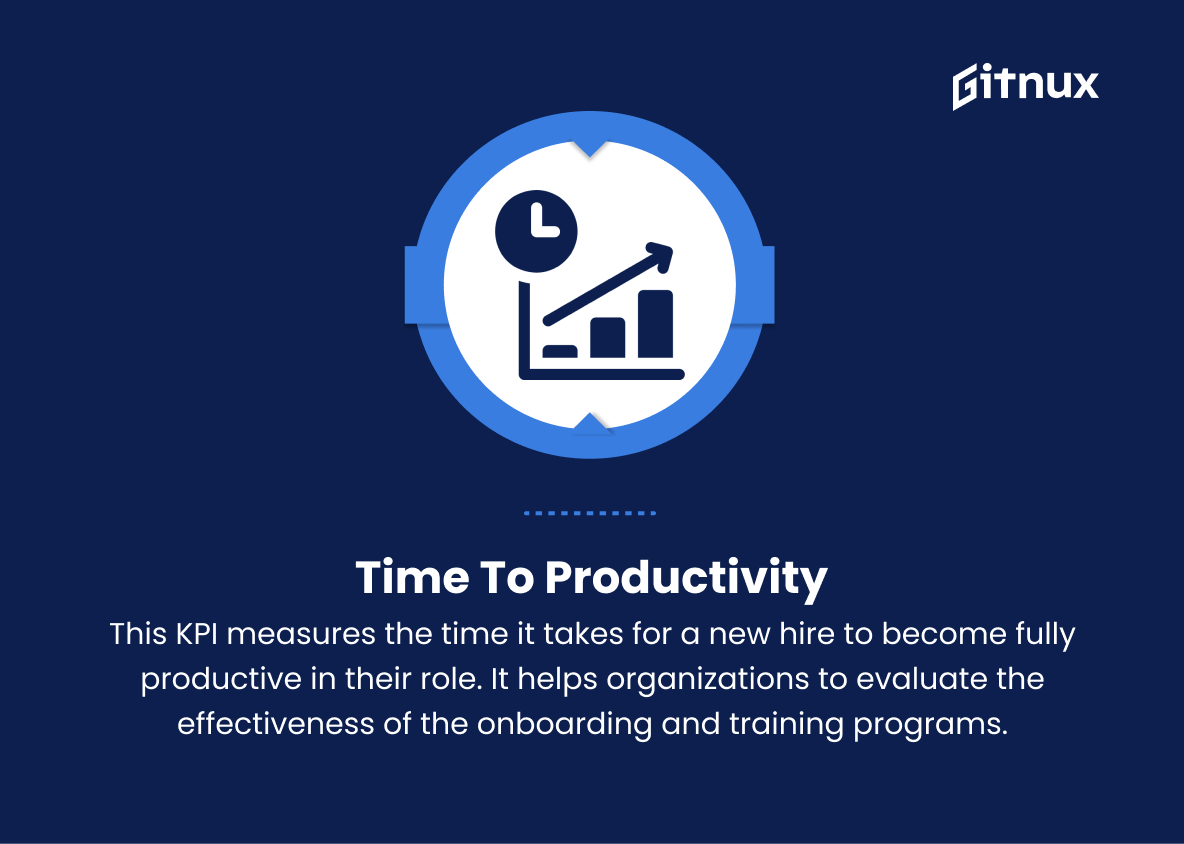In today’s competitive business environment, recruiting top talent is essential for the growth and success of any organization. The ability to attract, engage, and retain the best candidates is no longer a luxury; it is a necessity. As hiring professionals, it is our responsibility not only to source and hire the right candidates but also to continually improve and optimize our recruitment processes. To do this effectively, we must have a clear understanding of the key performance indicators (KPIs) that drive success in the recruitment landscape.
In this blog post, we will explore the most critical recruiting KPIs and delve into their significance and impact on overall recruitment strategy. By tracking, analyzing, and optimizing these metrics, your organization will be poised to outperform the competition and secure the human capital necessary for continued growth and achievement.
Recruiting KPIs You Should Know
1. Time to Hire
Measures the duration between when a job is posted and when a candidate accepts the offer. It helps in assessing the efficiency of the recruiting process.
2. Time to Fill
This KPI measures the time taken to fill a job vacancy from the posting date until a candidate starts working. It helps evaluate the effectiveness of your overall hiring process.
Cost per Hire calculates the average expense of hiring a candidate3. Cost per Hire
This KPI calculates the average expense of hiring a candidate, from advertising costs to recruiter fees and onboarding expenses. It helps in evaluating the efficiency and cost-effectiveness of recruiting methods.
4. Quality of Hire
This KPI tracks the performance of new hires over time, considering factors like retention rates, performance reviews, and achieving performance goals. It helps organizations determine the effectiveness of their recruitment strategies.
5. Candidate Experience
This KPI measures how satisfied candidates are with the recruitment process, including communication, responsiveness and overall treatment. Positive candidate experiences increase the likelihood of attracting top talent.
6. Offer Acceptance Rate
This KPI evaluates the percentage of job offers accepted by candidates. A high acceptance rate indicates an appealing work environment and effective recruitment strategies.
7. Sourcing Channel Effectiveness
This KPI measures the efficiency of various candidate sourcing channels, like job boards, social media, and referrals. It helps to identify the most effective methods for attracting qualified applicants.
8. First-Year Retention Rate
This KPI tracks the percentage of new hires who stay with the organization for at least one year. High retention rates indicate successful recruitment and onboarding strategies.
9. Applicant Conversion Rate
This KPI measures the percentage of applicants who advance to the interview stage. Higher conversion rates indicate successful screening processes for identifying qualified candidates.
Time to Productivity measures the time it takes for a new hire to become fully productive in their role10. Interview-to-Offer Ratio
This KPI calculates the average number of interviews conducted before making a job offer. A lower ratio may indicate that the recruiting process is streamlined and efficient.
11. Diversity and Inclusion
This KPI assesses the demographic makeup of new hires, including factors such as gender, race, and age, to ensure diverse representation within the workplace.
12. Referral Rate
This KPI measures the percentage of new hires who were referred to the organization by existing employees. A higher referral rate indicates a strong employer brand and the presence of a valuable internal network.
13. Time to Productivity
This KPI measures the time it takes for a new hire to become fully productive in their role. It helps organizations to evaluate the effectiveness of the onboarding and training programs.
Recruiting KPIs Explained
Recruiting KPIs play a crucial role in assessing the efficiency and effectiveness of an organization’s hiring process. Time to Hire and Time to Fill help evaluate the recruiting process’s overall speed and organizations’ ability to quickly fill vacancies, while Cost per Hire helps ensure cost-effective recruiting strategies. Quality of Hire and Candidate Experience focus on the long-term success of new employees and their satisfaction with the recruitment process, increasing the likelihood of attracting top talent.
Other KPIs like Offer Acceptance Rate, Sourcing Channel Effectiveness, First-Year Retention Rate, and Applicant Conversion Rate provide valuable insights into the success of an organization’s recruitment strategies, indicating areas for improvement or maintaining efficiency.
Furthermore, diversity and inclusion, referral rate, and time to productivity emphasize the importance of diverse representation within the workplace, strength of internal networks, and effectiveness of onboarding processes. Ultimately, these KPIs contribute to creating a well-rounded, efficient, and successful recruitment strategy for organizations.
Conclusion
Ultimately, effective recruitment relies on striking the right balance between quality and efficiency. The use of KPIs enables organizations to measure and evaluate their recruiting efforts, ensuring that they are meeting their goals and maintaining a competitive edge in the talent market. By focusing on key metrics like time-to-hire, cost-per-hire, and quality-of-hire, businesses can refine their recruiting strategies and improve overall candidate experience.
Additionally, it is crucial that organizations continuously review and adjust their KPIs as the industry evolves and internal objectives shift. By doing so, organizations can not only attract and retain top talent but also secure a strong foundation for their continued success.
